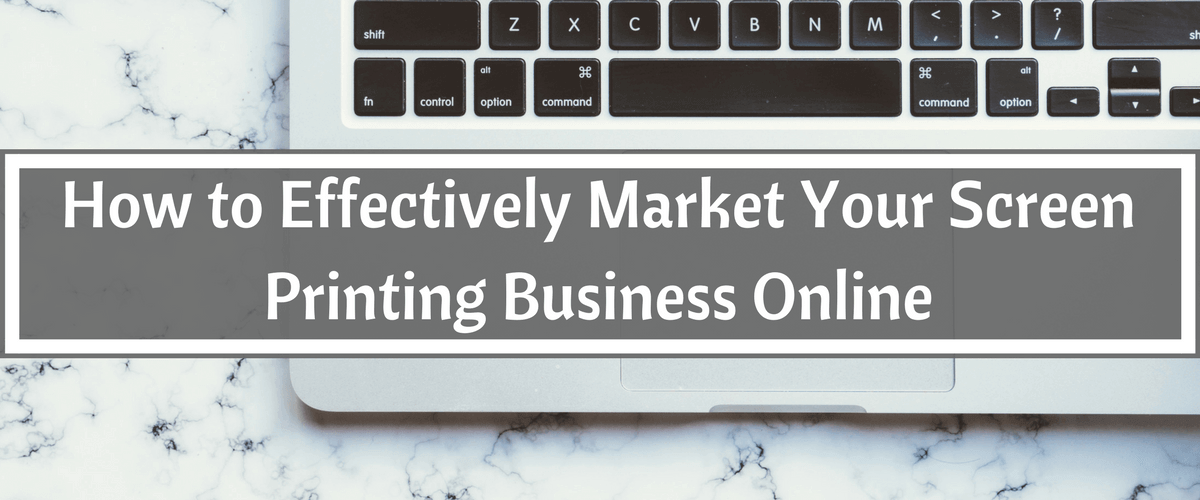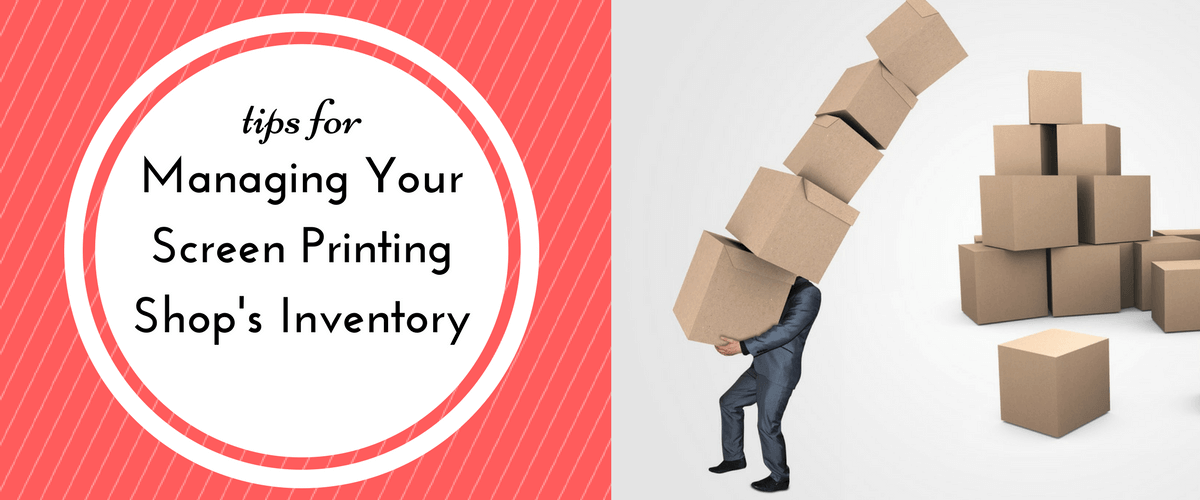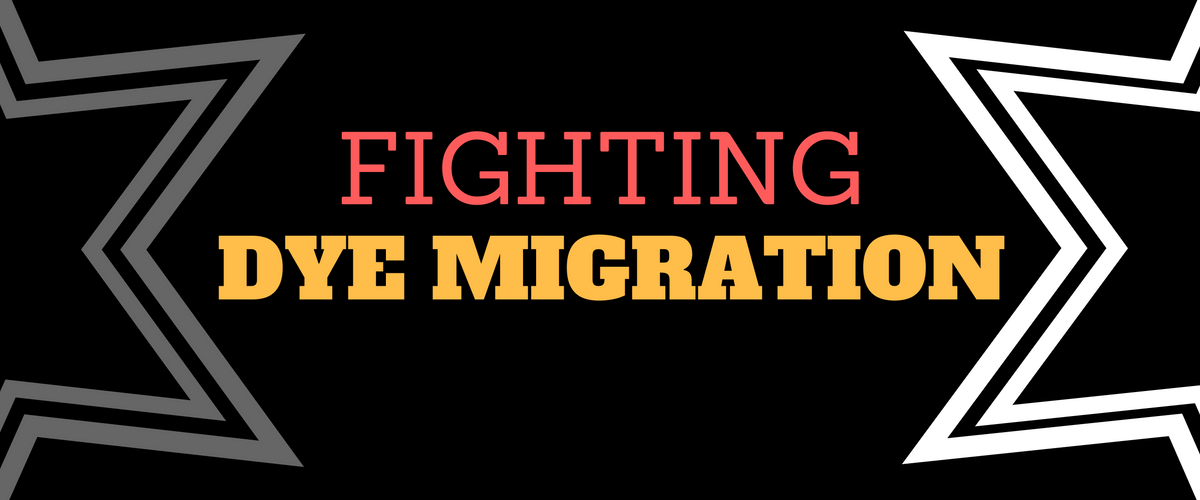

Revolutionizing the screen printing industry through cutting-edge technology and quality service
Anatol Equipment Manufacturing Co.
1429 S Shields Dr
Waukegan, IL 60085


Revolutionizing the screen printing industry through cutting-edge technology and quality service
Anatol Equipment Manufacturing Co.
1429 S Shields Dr
Waukegan, IL 60085

Most of the time, reclaiming your screen printing screens is a pretty straightforward task. But occasionally you’ll run into an issue that can affect your print quality if not dealt with quickly: ghosting.
Read more
As a small business owner, you may struggle to decide where to allocate a limited marketing budget, thinking it will only cover either digital or traditional marketing, not both. Which is right for you?
Read more
Once dismissed as a fad, social media marketing now should be an integral part of any small business’s marketing strategy. Through social media, businesses can connect with existing and potential customers and tailor marketing messages to their target customers.
Read more
You likely went into the screen printing business because you enjoy designing and printing – marketing probably wasn’t a skillset that was on your mind. But without effective marketing, your business can’t succeed. Your potential customers need to know who you are and understand why they should be doing business with you.
Read more
When you decide to make a go of printing t-shirts for a living, you’ll soon realize that in order to produce garments in any significant quantity, you need a conveyor dryer. But there are so many choices, from tiny tabletop models to giant industrial dryers six feet across. How do you know which is right for your shop?
Read more
When many screen printing veterans first got started, they may not have realized just how many variables factored into properly curing their prints. As the industry has advanced, new technology has made it even more difficult to get fully caught up. Fortunately, by familiarizing yourself with the basics of curing and doing some careful tests, you can make it easier to get a proper cure.
Read more
As screen printing has advanced, new fabrics and inks have increased in popularity and brought with them a number of different challenges. In this day and age, it’s more important than ever for screen printers to develop, test, record and implement conveyor dryer procedures to properly cure their prints.
Read more
One of the most effective ways to succeed in screen printing is to create a niche for your business – focusing on one particular strength and developing and marketing it to the best of your ability. Having one special skill that people can count on you to deliver is great, but you want to be careful you’re not restricting your product offerings too much.
Read more
All retailers walk a fine line with inventory. You want to have the right goods on hand to meet your customers’ needs in a timely manner, but you don’t want to get stuck with a stockroom full of merchandise that doesn’t sell for months on end. Screen printers are not exempt from this dilemma.
Read more
Developing art into film positives poses — for many screen printers — the biggest challenge in the screen printing process. Printing film positives that result in crisp, sturdy stencils does take some digital know-how, but like most of screen printing tasks, you can create film positives successfully by carefully following a process and paying attention to detail.
Read more
There are many variables that can affect the quality of your screen prints. One tool that has a profound effect is your squeegee. If your squeegee isn’t in good shape, your prints will suffer.
Read more
As a screen printer, the last thing you want is an unhappy customer wanting to return items. In another blog post, we shared some tips on how to keep your plastisol prints from washing out. Those tips will go a long way towards keeping your prints vibrant and making them last, but there’s another issue you may run into: dye migration.
Read moreYour message was successfully sent!